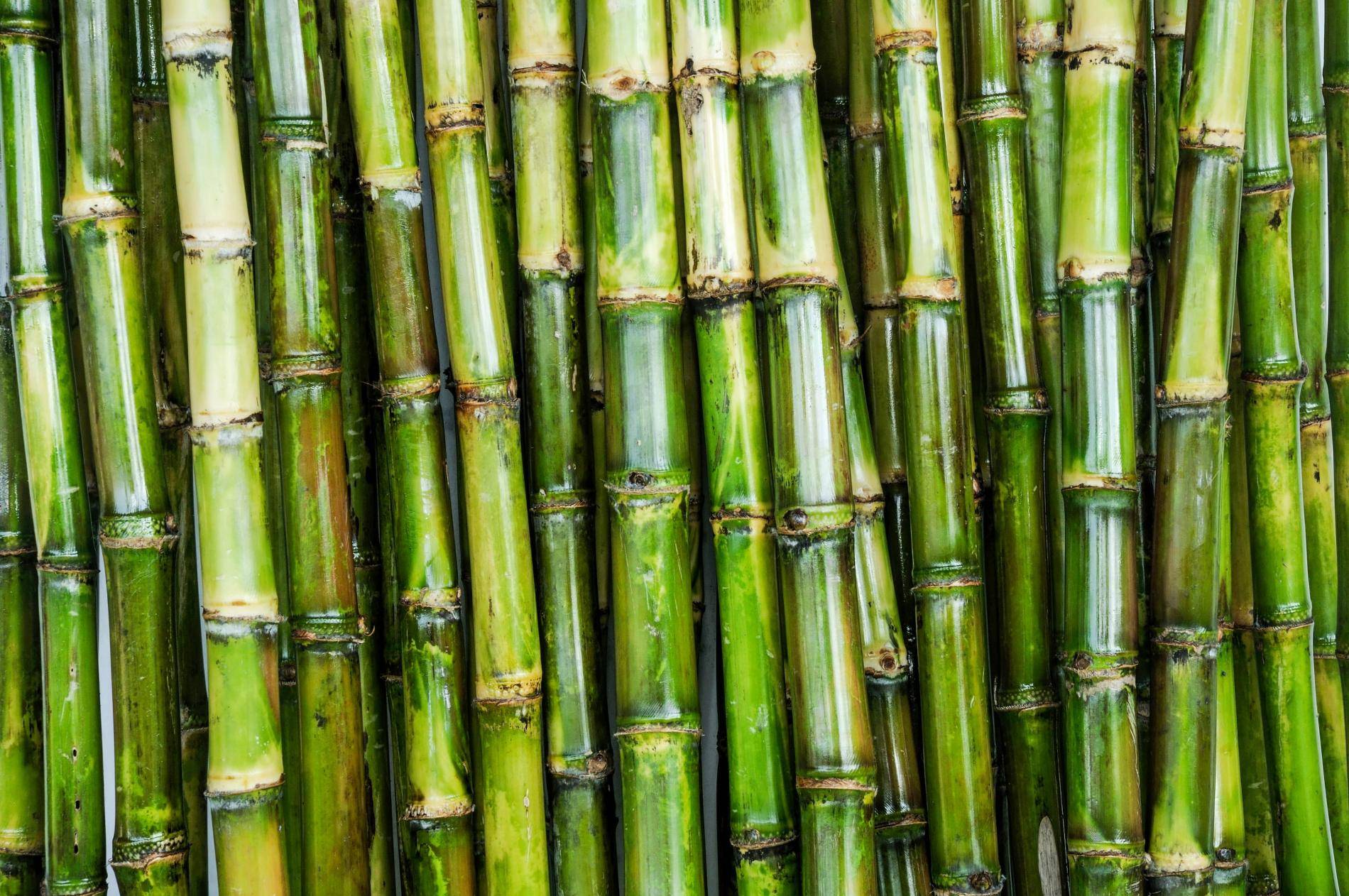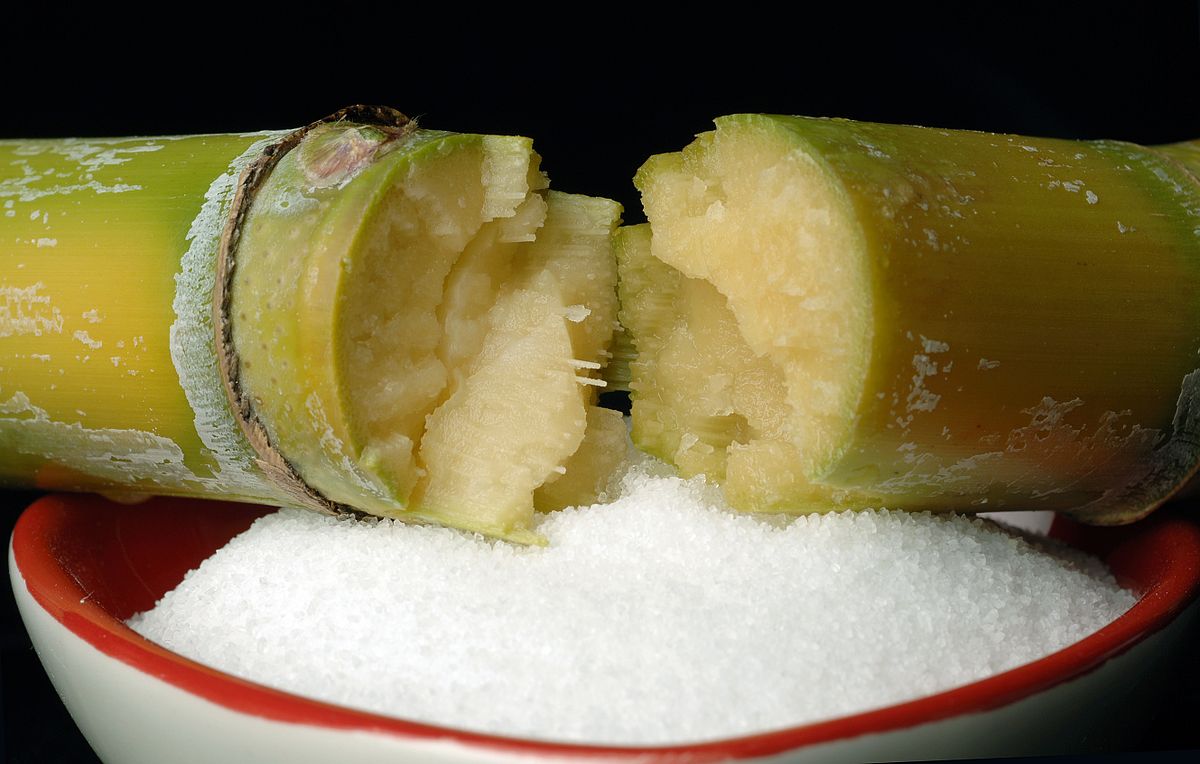Cane Sugar Processing: Typical Techniques and Modern Innovations
Cane Sugar Processing: Typical Techniques and Modern Innovations
Blog Article
An Extensive Guide to the Ecological Impact and Sustainability Practices in Walking Stick Sugar Handling
The environmental influence of walking cane sugar processing provides a complicated range of obstacles that warrant careful examination. From dirt degradation and extreme water usage to the carbon footprint connected with growing and production, the consequences of typical techniques are significant. On the other hand, the adoption of ingenious sustainability procedures provides a path towards extra accountable production methods. Understanding the interaction in between these problems is vital for stakeholders in the market. What specific practices can be carried out to strike an equilibrium between productivity and environmental stewardship? The answers depend on a closer look at both the obstacles and prospective solutions.
Overview of Walking Cane Sugar Handling
Walking cane sugar processing includes a collection of organized steps that transform sugarcane right into polished sugar. At first, collected sugarcane is transferred to processing facilities, where it goes through cleaning up to get rid of soil and debris. Following this, the walking stick is squashed to remove juice, which is then cleared up by eliminating impurities with heating and the enhancement of lime.
The cleared up juice undertakes dissipation, where water is gotten rid of to focus the sugar content. This focused syrup is then crystallized through air conditioning, allowing sugar crystals to develop. These crystals are divided from the staying syrup making use of centrifugation, resulting in raw sugar. To attain polished sugar, the raw item undergoes additional filtration processes, which may include cleaning and filtering system to eliminate remaining impurities and shade.
The end product is after that dried and packaged for circulation. Throughout this entire procedure, preserving effectiveness and top quality control is vital to make sure the sugar meets market requirements. Each action in walking stick sugar handling not just adds to the last item however also has implications for resource use and waste generation, establishing the phase for conversations on sustainability and ecological effects connected with sugar production.
Environmental Obstacles of Production
The production of walking stick sugar presents numerous substantial ecological obstacles that warrant focus. One key problem is the considerable use agrochemicals, consisting of fertilizers and chemicals, which can cause dirt degradation, biodiversity loss, and contamination of regional water sources. The runoff from sugarcane fields commonly brings these chemicals right into close-by environments, interrupting marine life and affecting the health of areas reliant on these water bodies.
An additional challenge is the high energy usage connected with sugarcane handling. The boiling and refining stages call for substantial warmth, primarily created by melting fossil gas, adding to greenhouse gas emissions. In addition, the large land location needed for sugarcane cultivation can result in logging and habitat damage, further exacerbating climate modification and threatening wild animals.
Moreover, the labor techniques in some regions raise ethical worries, as employees might encounter bad working problems and poor earnings. This scenario commonly perpetuates a cycle of hardship in neighborhood neighborhoods. Cane Sugar Processing. Addressing these ecological obstacles is vital for creating extra sustainable practices in walking cane sugar production, ultimately benefiting both the setting and the neighborhoods entailed in this industry
Water and Land Usage Impact
Water sources and land utilization are important parts in the walking stick sugar market that considerably influence the setting. The farming of sugarcane calls for considerable water input, with quotes recommending that it can consume up to 2,000 liters of water per kilo of sugar produced. This extensive usage of water frequently leads to exhaustion of neighborhood water resources, impacting not just the sugarcane plantations yet also bordering ecosystems and neighborhoods that rely upon the exact same water resources for farming click for info and residential usage.

Additionally, land use for sugarcane growing can cause logging and the conversion of natural habitats right into monoculture vineyards. This technique lessens biodiversity, disrupts local ecological communities, and adds to soil deterioration. The growth of sugarcane fields commonly intrudes on useful agricultural land, producing competition for sources in between food and biofuel production.
Lasting methods, such as optimizing irrigation methods and implementing crop turning, are vital to minimize these effects. By adopting extra efficient water use and land administration techniques, the walking stick sugar market can decrease its ecological impact, making certain an equilibrium between agricultural productivity and environmental preservation.
Greenhouse Gas Emissions
Greenhouse gas exhausts stand for a considerable environmental worry within the cane sugar handling industry, particularly as farming techniques expand to meet worldwide demand. The growing of sugarcane, a plant that thrives in exotic environments, depends heavily on synthetic plant foods and chemicals, which add to nitrous oxide emissions. In addition, land-use adjustments, consisting of logging for brand-new sugarcane vineyards, release co2 stored in vegetation and soil.
Throughout handling, power intake is one more significant source of greenhouse gas exhausts - Cane Sugar Processing. Numerous sugar mills use nonrenewable fuel sources Related Site to power machinery and create warmth, causing considerable carbon impacts. Additionally, the transportation of raw sugarcane and ended up products adds layers of emissions with gas combustion in vehicles
This entails examining current agricultural methods, refining methods, and transport systems to recognize areas for enhancement and reduction. Addressing greenhouse gas emissions is crucial for promoting an extra lasting walking stick sugar industry in an altering climate.

Sustainable Practices and Innovations
Sustainable methods and technologies are progressively essential in the cane sugar processing market as stakeholders look for to decrease ecological impacts while preserving efficiency. One significant development is the implementation of incorporated plant administration, which enhances resource use by combining soil management, insect control, and plant rotation strategies. This method enhances yield while decreasing chemical inputs and protecting dirt health.
Moreover, the fostering of renewable resource resources, such as biomass from sugarcane deposits, has actually gained grip - Cane Sugar Processing. By transforming waste items into power, refining centers can minimize their reliance on fossil gas, thus decreasing greenhouse gas discharges
Water monitoring methods have also seen enhancements with the recycling and reusing of water in handling plants, significantly minimizing freshwater usage. Developments in technology, such as precision agriculture, make it possible for farmers to check plant health and wellness and resource use extra properly, making certain lasting growing techniques.
Moreover, qualification programs like Fair Profession and Rain forest Partnership urge environmentally accountable farming techniques and advertise social equity within the supply chain. By welcoming these lasting practices and developments, the cane sugar handling market can boost its durability and contribute positively to environmental stewardship.
Conclusion
The ecological impact of cane sugar handling offers considerable obstacles, consisting of soil degradation, high water consumption, and greenhouse additional resources gas discharges, along with moral issues related to labor practices. Attending to these concerns through lasting techniques, such as integrated plant administration, renewable resource adoption, and water recycling, is vital. By promoting socially fair and ecologically liable methods in sugar production, the market can alleviate its negative results, guaranteeing an extra sustainable future for both communities and environments included in this sector.
Cane sugar processing includes a collection of methodical steps that transform sugarcane right into polished sugar. Each action in cane sugar processing not only adds to the final item but likewise has implications for resource use and waste generation, establishing the phase for discussions on sustainability and ecological impacts connected with sugar manufacturing.
Greenhouse gas emissions stand for a substantial environmental worry within the walking stick sugar processing sector, particularly as agricultural practices increase to meet global need.Sustainable practices and technologies are progressively essential in the walking stick sugar processing sector as stakeholders look for to lower ecological impacts while keeping productivity.The ecological impact of walking cane sugar handling provides significant obstacles, consisting of dirt deterioration, high water intake, and greenhouse gas emissions, along with moral problems associated to labor practices.
Report this page